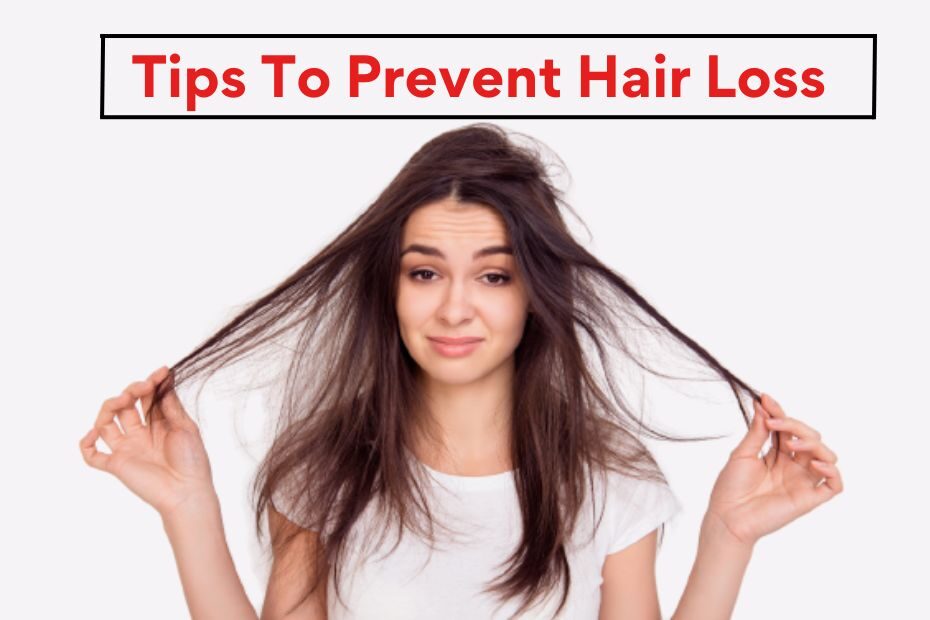Hair fall or loss is a cosmetic problem of the ages. Hair loss, called alopecia, can be of different types and affect different parts of the body. People in the older age groups are usually more affected, and men are more affected than women. There can be several underlying reasons for hair loss, some of which are permanent and others are temporary.
How do I know I have Hair Loss?
Hairfall that over a short or long period of time, causes the decreased density of hair over the scalp or another area of the body is a symptom of hair loss.
Other symptoms could be related to the area of balding.
1. Thinning at the top of the head
2. receding hairline
3. Widening hair part
4. Patchy hair loss
5. Overall thinning of hair
6. A circular, ring-like patch of scaling all over the scalp
How much Hairfall is Normal?
According to dermatologists, anywhere between 50 and 100 strands per day is normal. Hair can be lost while brushing, oiling, or even shampooing. For people with longer hair, the hair fall may be more obvious, but as long as the strands are less than 100, it’s okay.
Hairfall in Women Vs Men
In women, hair fall in a day is more pronounced than in men because of hairstyling techniques and other factors like coloured hair, hair treatment, and so on. According to some studies, women lose 40 percent more hair just due to their hairstyles and hair treatments. Pregnancy and menopause are also responsible for Men, however, are more likely to undergo balding or alopecia than women.
Hair fall is thus an everyday phenomenon, so when should we call it “hair loss?” When the hair lost as part of daily shedding or increased hair fall is not replaced by new growth, it is called “hair loss.”
There can be several underlying diseases causing hair loss in all age groups. Some are as follows:
1. Genetics: Some people have hair loss, or androgenetic alopecia, that starts early and causes balding at a younger age. This kind of hair loss is also called “pattern baldness,” as it involves the loss of hair in a specific manner. Men lose their hair on the sides and the top, and women lose it along the parting.
2. Infection: Infections like folliculitis, tinea of the scalp, and lice infestation can all cause hair fall.
3. Hormonal imbalance, especially in conditions like PCOS, during menopause, and even in conditions like thyroid, can cause hair fall.
4. Medication such as medication for arthritis, diabetes, antidepressants, and so on can lead to hair fall.
5. Chemotherapy and radiotherapy can also cause hair fall as the therapies attack all fast-multiplying cells, like hair cells.
6. A stressful lifestyle can also cause hair fall as the body goes into preservation mode and extra appendages like hair are shed.
7. Tight hairstyles like cornrows and pigtails can cause traction alopecia.
Prevention of Hairfall:
To protect the health and number of your hair, you can take the following measures:
1. Eating healthy foods rich in protein, fats, and complex carbohydrates
2. Doing yoga and meditation and decreasing stress in your life
3. Use of scarfs, ribbons, and silk pillowcases to avoid hair fall due to breakage
4. Avoid smoking and alcohol intake.
5. Reduce hair treatments with colours and heat.
6. Wear simple, loose hairstyles.
7. Massage the head.
8. Exercise
9. Take adequate water.
10. Take iron and vitamin D supplements.
Treatment for Hair Loss:
In today’s day and age, a variety of solutions are available for hair loss.
1. For mild hair loss, hairstyling techniques such as headbands, ponytails, and braids are used.
2. Hairsprays to add artificial hair fibres to the application are also available.
3. Toppers for women and men with advanced hair loss on the top of the head are also popular.
4. Wigs are also a budding industry and a very popular option for a lot of people.
5. Topical steroids are also used for conditions like scalp psoriasis.2. Ketoconazole and zinc pyridine are popular treatment options for dandruff and seborrheic dermatitis.
6. Eating DHT-blocking foods such as sunflower seeds, pumpkin seeds, and flax seeds. Green tea also has DHT-blocking properties.
7. Medications such as topical minoxidil and oral finasteride are very popular options.Increased hair growth is due to increased blood flow due to minoxidil and finasteride, which block the action of DHT on the hair follicles.
8. Platelet-rich plasma is a very popular and effective method for treating hair loss where the blood is drawn, centrifuged to take out the plasma, and injected into the scalp. The hair follicles are stimulated by the growth factors in the plasma to grow thicker, newer hair.
9. Hair transplantation is the final option for anyone who has advanced hair loss.

